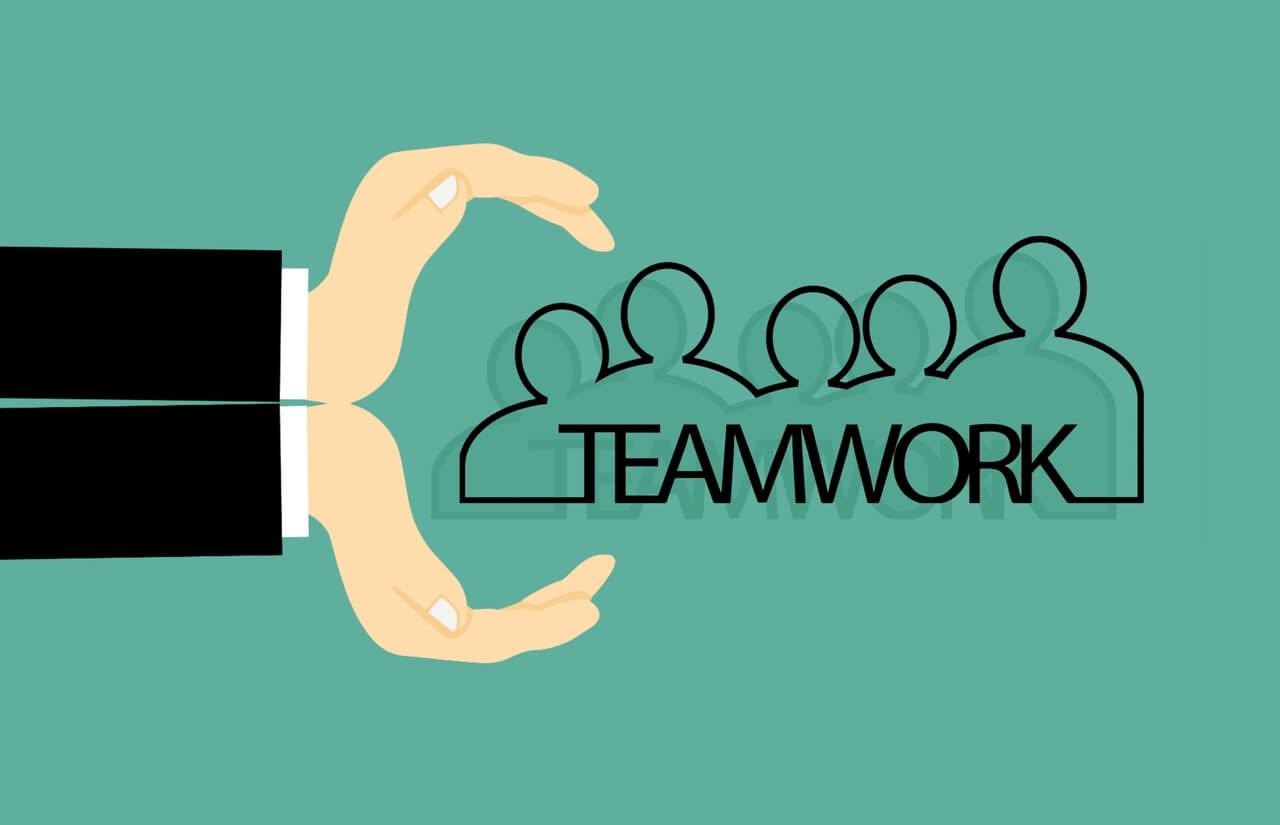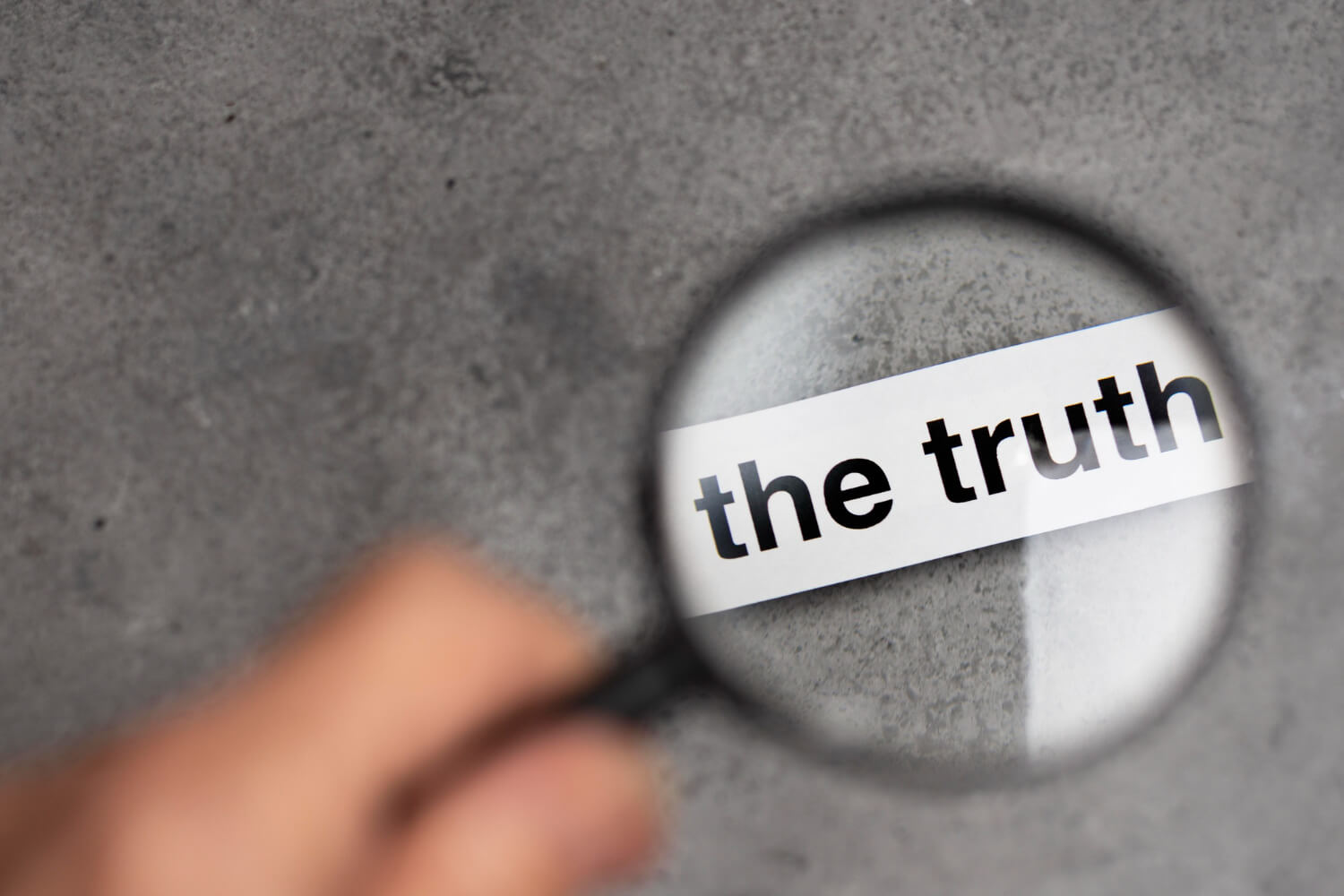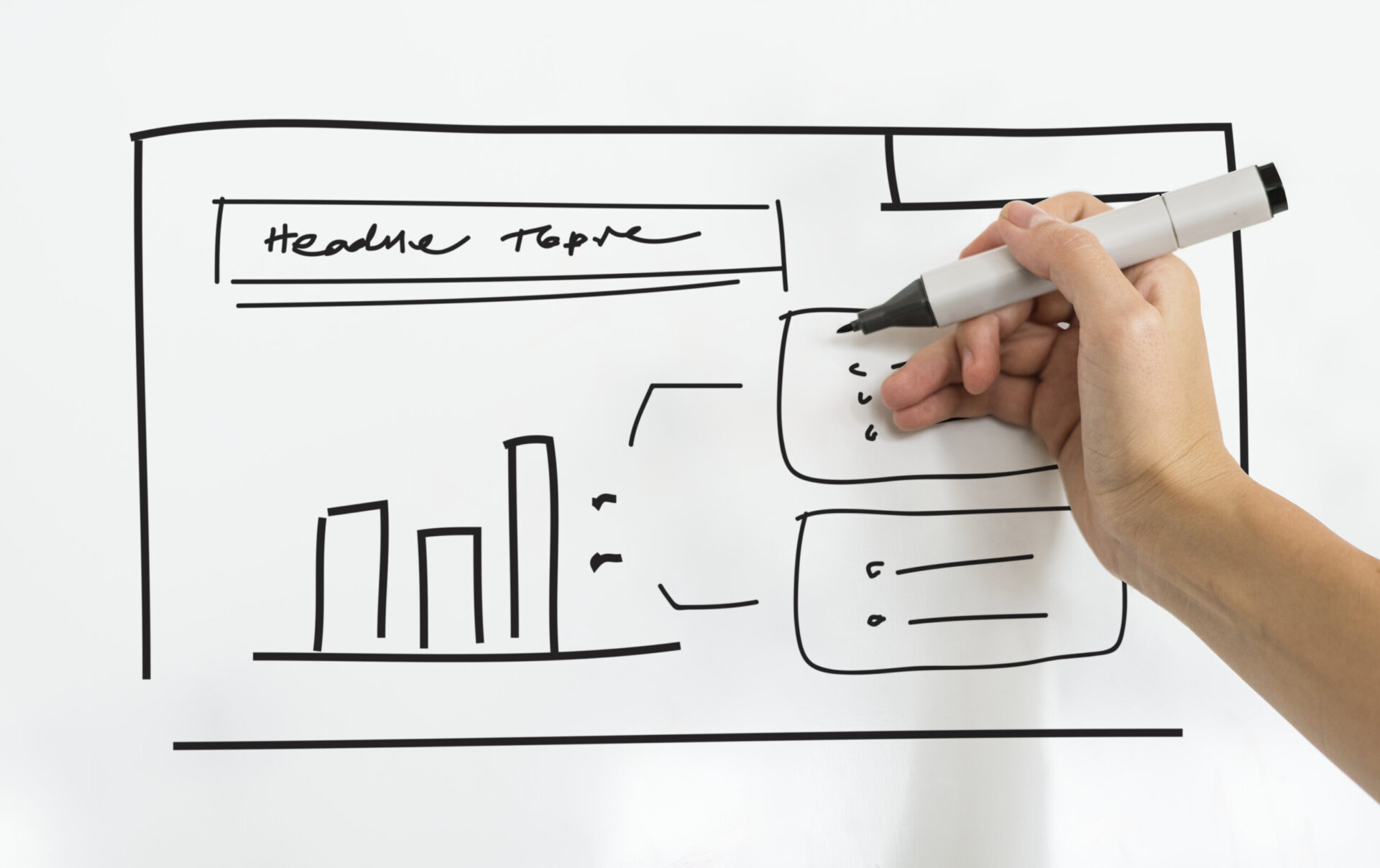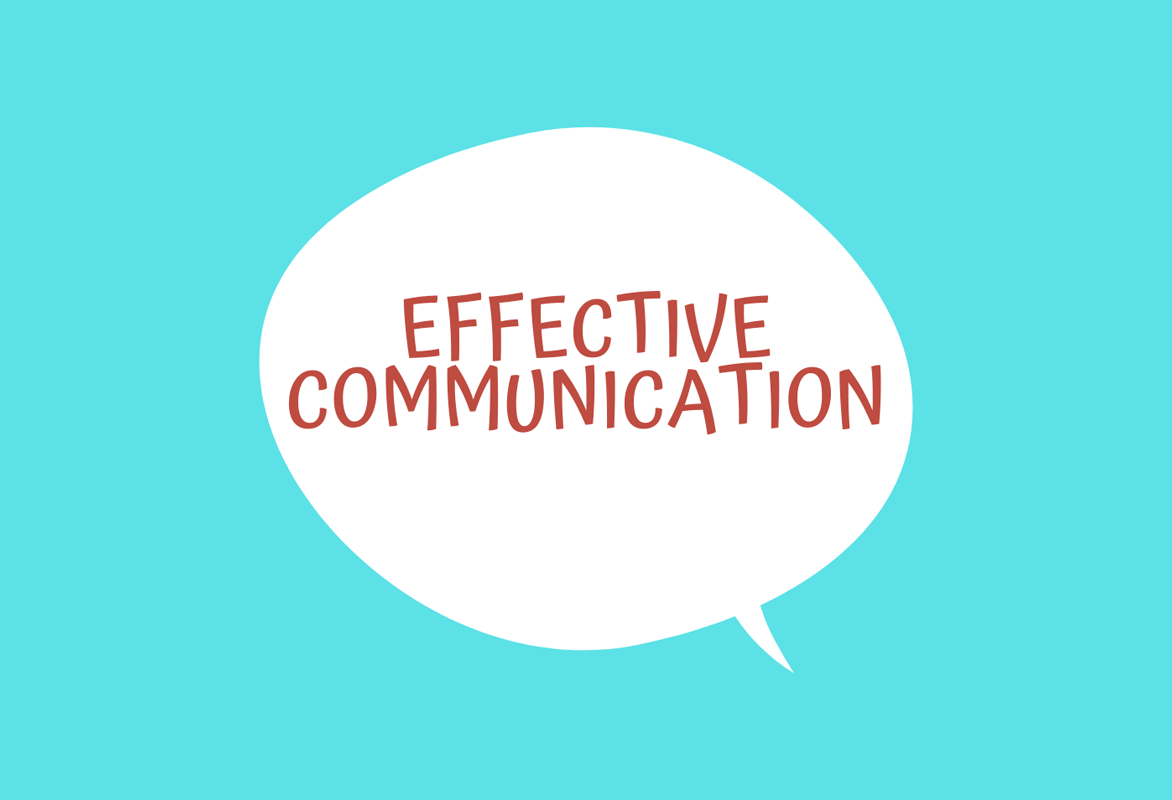You may be presenting as a team to win new business, update a major project, or as part of a conference or special event. Any time you are presenting as a team, you need to take specific steps to be sure the whole team works well together to make the presentation a success. Select a …
Sales & Marketing/
Advertising & PR
Good communication does not just involve the transfer of information from one entity to another. Prior to the exchange of information, a basic and important element of good communication is the confirmation and validation of facts that will be conveyed. To validate data, appropriate tests need to be run, such as running the data through …
A recent workshop discussion led to this question: what kind of communicator are you, really? What are the best practices to adopt in order to be a great communicator? The class participants thought about what kind of attitudes we sometimes bring to communication, and came up with this list of best practices. As you read …
You have been given the task of setting up a plan to make sudden changes to, e.g., processes. How do you let people know and how do you communicate planning objectives that you have developed. What do you do first? What if there is resistance? First Steps Communicate with and set up meetings in order …
How you speak, and the words and phrases you use, make a huge impact in the way you are perceived on the job, as well as in everyday life. For example, every time I hear someone say, “no problem,” I cringe. Why are you even bringing up the word problem? Instead, focus on the positive …
A whiteboard provides a form of visual communication for many businesses from healthcare to technology, to manufacturing to marketing or education. A whiteboard is like a blank sheet of paper, only it is made out of metal and is an erasable board similar to a blackboard. Because it is used for information communication, one can …
How much time do you spend each day communicating person to person? You may be solving a problem with a customer, leading your team on a project, holding a meeting, or discussing performance issues. I bet this is a huge part of your workday. Yet most of us give very little attention to what kind …







